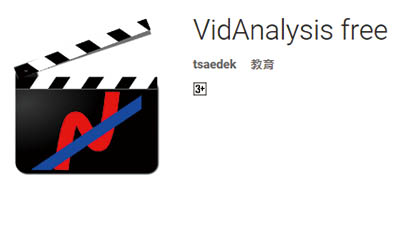任務Task
利用3D打印製作不同形狀的物冊,然後進行一個公平測試,以測試作用在它們的空氣阻力。
Use 3D printing to make objects with different shapes and design a fair test to test the effect of air resistance on them.
背景知識
Background knowledge:
影響作用在物體上的空氣阻力的因素:Factors that affect the air resistance acting on an object:
1.
空氣密度 (ρ)。空氣密度的典型值約為1.2 kg/m3。
1.
The density of air (ρ). The typical value of the density of air is about 1.2 kg/m3.
2.
物體的橫切面面積 (A)。例如球體的橫切面面積等於πr2。
2.
The cross-sectional area of the object (A). For example, the cross-sectional area of a sphere is equal to πr2.
3.
阻力系數 (C) 取決於物體的形狀。下圖顯示不同形狀的阻力系數。
3.
The drag coefficient (C) which depends on the shape of the object. The common drag coefficients of different shapes are shown below.
4.
The speed of the object. The higher the speed of the object, the greater the air resistance.
第一部分—利用3D打印機製作不同形狀的物體Part A—Use a 3D printer to make objects with different shapes
如果學校有3D打印機,你可以在我們的網站下載可供3D打印的模型。如果你會使用3D製圖軟件(例如Blender),更可以設計和製作自己的3D打印模型。
If 3D printers are available at your school, you can download free 3D printing models from our website and print them out. If you are familiar with 3D graphic tools (e.g.Blender), you can also design your own 3D-printed models.
第二部分—設計和進行一個公平測試,以測試空氣阻力對不同形狀物體的影響Part B—Design and perform a fair test
4.
記錄結果。哪個形狀的物體最先到達地面?哪種3D打印物體最能減少空氣阻力?結果是否與之前提到的阻力系數相似?
1.
Which variables should you keep constant in the fair test?
2.
Briefly write down the procedure of your fair test with the aid of a diagram.
3.
Perform the fair test.
4.
Record the results. Which object reaches the ground first? Which 3D printed object can reduce the most air resistance acting on it? Do the results match with the drag coefficients mentioned before?
第三部分—評價和改良Part C—Evaluate and redesign
1.
在課堂上展示3D打印物體,並展示公平測試結果。
2.
讓老師根據以下標準評價你的3D打印物體和公平測試﹕
3.
討論後,試改良設計和公平測試。你需在課堂後提交學生工作紙。
1.
Display your 3D printed objects and present the results of the fair test.
2.
Ask your teacher to evaluate your 3D printed objects using the following Grading Rubric:
3.
Modify your designs and fair test after the discussion. You need to submit Student’s Worksheets to your teacher after the lesson.
附加資源Further resources
Using app to plot the distance-time graphs of the falling objects:

Use an ultrasonic sensor to measure the falling time: